A few days ago we wrote about the HandTalk glove designed by Carnegie Mellon students. We also thought that was an original concept. False. Turns out in 2001 the concept was created by Ryan Patterson.
Patterson imagined this concept while sitting in a restaurant and seen a def patron having a hard time conveying an order. Looking to make this happen for a science fair, he began his mission. A mere 7 months later his Sign Language Translator concept was complete.
What does this mean? Ryan’s Sign Language Translator was a Grand Award winner in the 2001 Intel International Science and Engineering Fair, the first place winner in the individual category at the 2001 Siemens Westinghouse Science & Technology Competition, he received top honors and a $100,000 scholarship at Intel’s Science Talent Search. Last but not least, Ryan’s project was among the Best Inventions 2002 of Time Magazine.
Impressive.

Ryan’s Sign Language Translator consists of two separate components, a leather golf glove that has ten flexible sensors sewn into it which monitor the position of the fingers by measuring the electrical resistance created by the fingers as they bend.
A small micro controller on the back of the hand converts the change in the electrical current into digital signals and transmits them wireless to a computer. The computer then reads the numerical values and converts them into the letters which appear on the screen.
We are not sure if the Carnegie crew remade this or did not realize it existed since it was not listed in the research materials. Either way, these are great advancements for ASL translators.
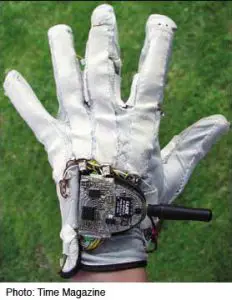





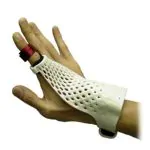








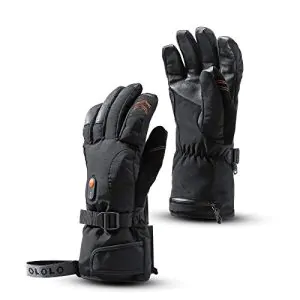

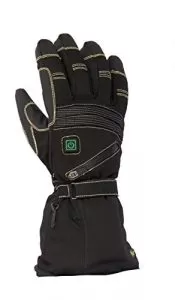
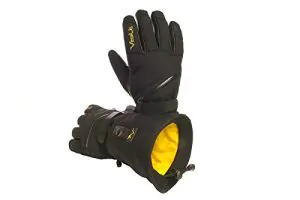
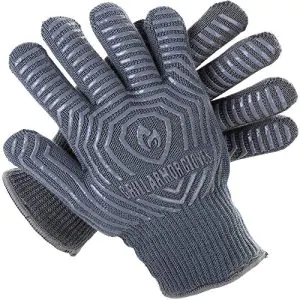
1 Comment. Leave new
Given the mentioned glove is a prototype, it’s worth mentioning that there have been more Hand-Talk gloves, that predate the one mentioned:
– 1990: Sid Fels’ Glove-Talk work used a VPL dataglove and translated signs to speech although it was not ASL, but did demonstrate some of the principles.
– around 1994: Jim Kramer made a sign language to speech translator based on finger spelling.
– around 1996: Thad Starner made a vision based ASL recognizer.
And there might be more.